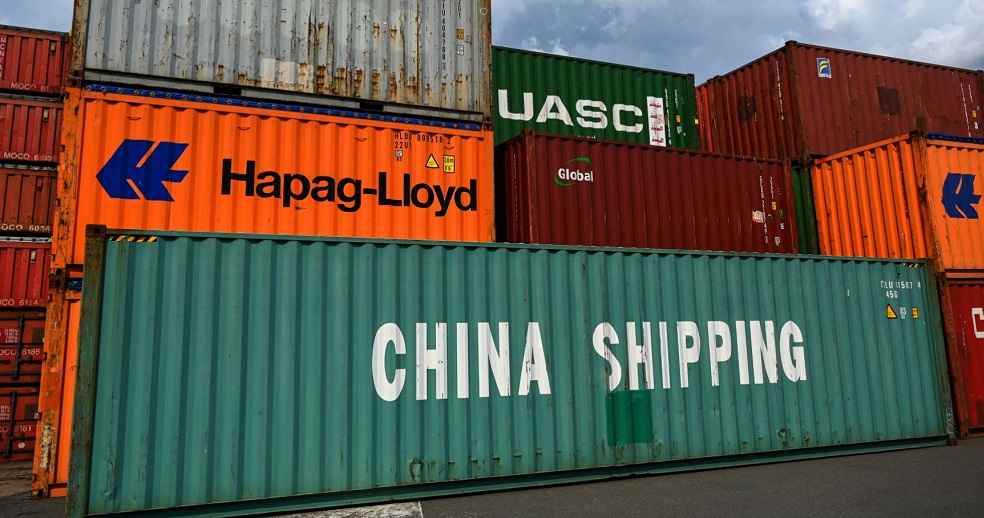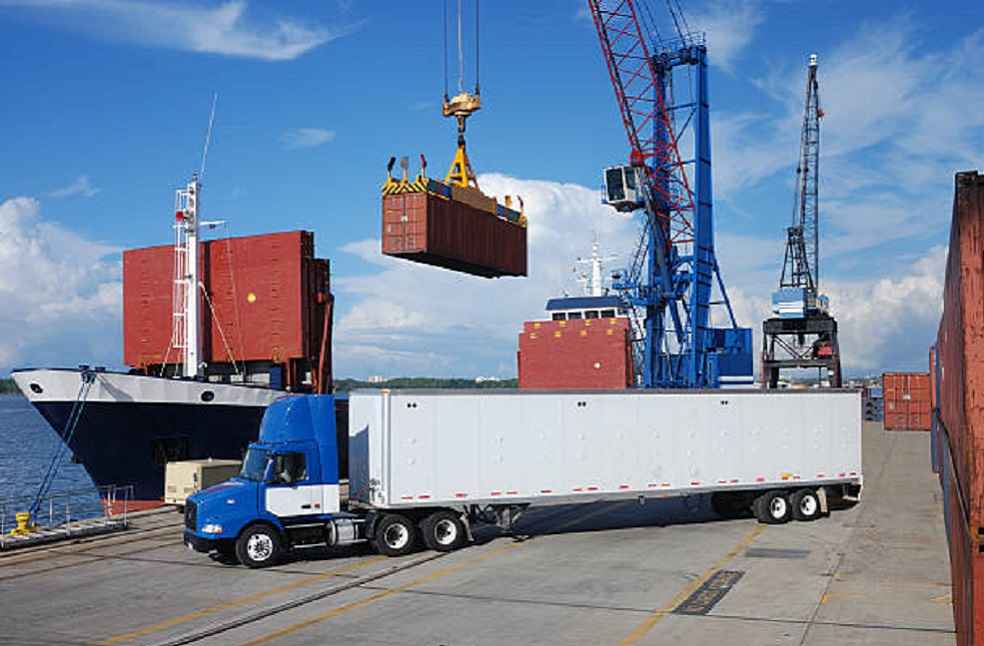The global shipping industry is witnessing a short-term surge, driven by a wave of preemptive exports from China to the United States ahead of anticipated tariff hikes. Container shipping rates from Asia to India have doubled in the past month, with the cost of shipping a 20-foot container (TEU) from Shanghai to Mumbai’s Nhava Sheva Port climbing from $800–$900 to $1,600–$1,900.
This increase is attributed to vessels being redirected to meet the growing demand for ‘push exports’ from China to the U.S., disrupting services to other regions like India.
The surge is underpinned by record-breaking U.S. imports from China. In July, imports reached 1.02 million TEUs, the highest monthly volume ever recorded. Container shipping, a primary mode of transporting manufactured goods, has directly benefited, with shipping lines reporting unprecedented profits.
According to consultancy Sea-Intelligence, operating profits for major shipping firms in Q3 2024 rose 600% year-over-year to $17.06 billion. South Korea’s HMM alone posted an operating profit of 1.46 trillion won ($1.1 billion) during the same period.

However, industry experts warn that this boom may be short-lived. Trade tensions between the U.S. and China are expected to intensify following President Trump’s inauguration in January 2025. Trump’s pledge to impose tariffs of up to 60% on Chinese goods has raised fears of a prolonged decline in shipping demand.
Historical patterns from his first term (2017–2021) suggest that surges in pre-tariff exports are typically followed by significant downturns. Global container trade growth slowed from 5.7% in 2017 to 4.4% in 2018, and further to 2.2% in 2019, as trade tensions escalated.
While the current demand spike has boosted profitability, the shipping sector faces a looming oversupply problem. Flush with pandemic-era profits, shipping companies invested heavily in new mega-ships to achieve economies of scale.
This year alone, global container capacity increased by a record 3.05 million TEUs. With annual capacity growth projected at 7% through 2025 and demand for containerized goods rising by just 1% annually, oversupply is expected to put downward pressure on freight rates.

Historically, shipping companies managed oversupply by retiring older vessels. However, the influx of new ships makes this strategy less effective. Additionally, the resolution of the Red Sea shipping crisis, which had temporarily driven up rates, is expected to normalize long-haul detour routes, further pressuring freight costs.
“Container shipping is disproportionately affected as it primarily handles finished goods, which are the main targets of trade disputes,” explained Yang Jong-seo, a senior research fellow at the Export-Import Bank of Korea. Analysts predict that slower economic growth in both the U.S. and China next year will limit shipping demand.
“The container shipping market is likely to face structural oversupply, increasing downward pressure on freight rates,” said Ok Woong-ki, a researcher at the Korea International Trade Association.
LOGISTICS INDUSTRY | Azerbaijan-China Trade Milestone: First Export Train Departs from Baku to Xi’an



